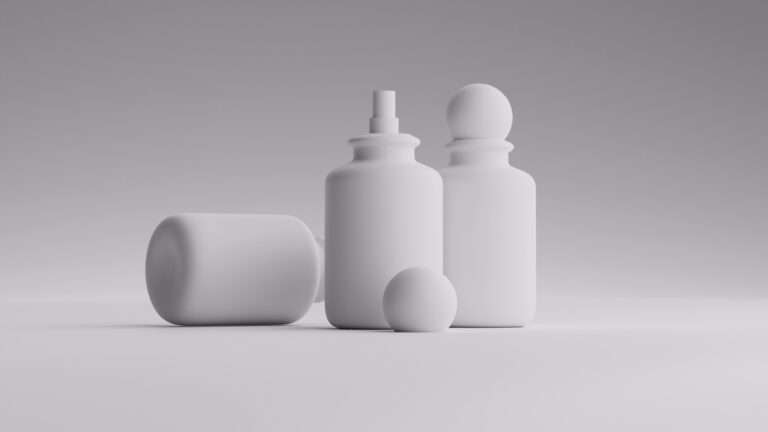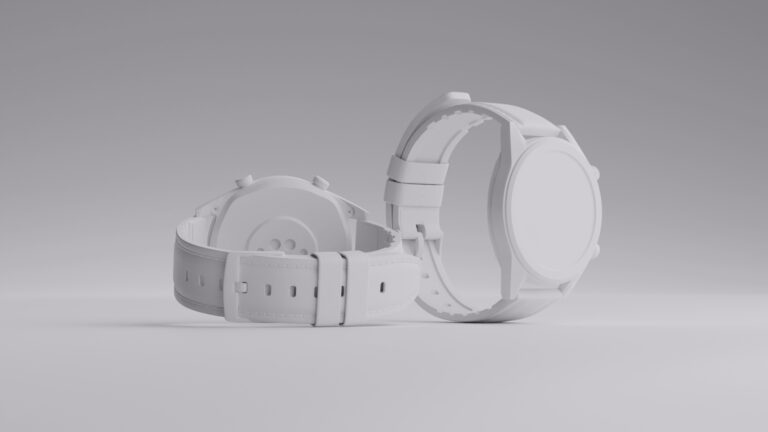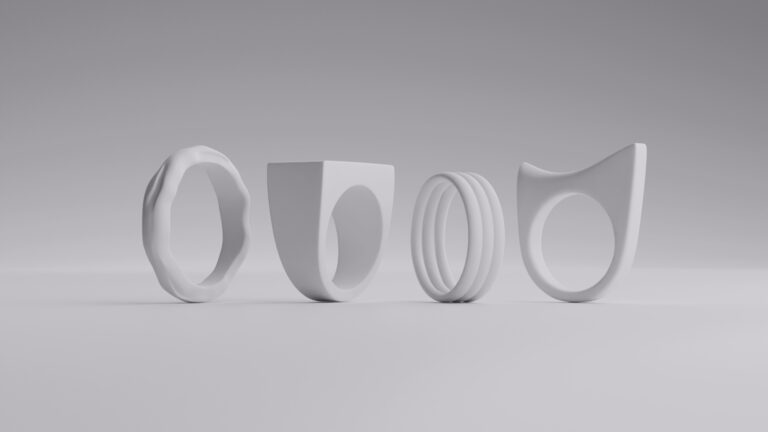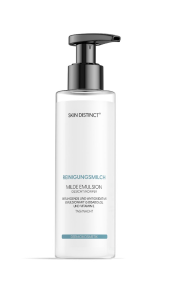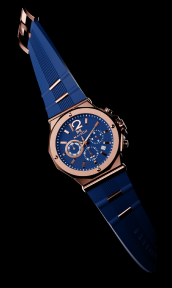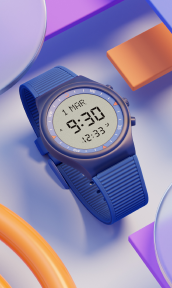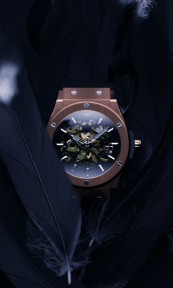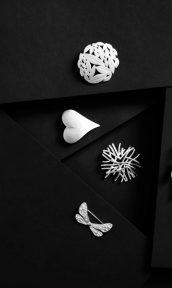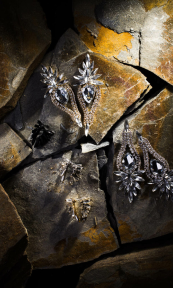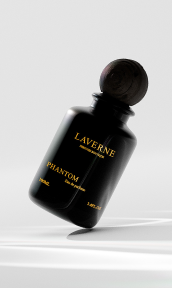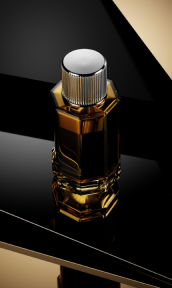Choosing the right camera can feel like comparing two great recipes—each with its own flavor, strengths, and following. DSLR and mirrorless cameras have been battling it out for the spotlight, each with its own crowd of loyal fans. But you don’t have to guess your way through the decision.
Instead, let’s walk through a side-by-side comparison that covers everything from how each camera feels in your hands to how they perform in the real world. Whether you’re a beginner trying to find the best camera for photography or a seasoned shooter looking to upgrade, this camera comparison will help you get clear on what works for your needs.
Key differences between DSLR and mirrorless cameras

Let’s start by breaking down the main features that separate a DSLR from a mirrorless camera. From size and weight to viewfinder types, every detail makes a difference depending on how you shoot and what you value.
Size and weight
One of the most noticeable differences between DSLR and mirrorless cameras is their weight—especially if you’re planning to carry your gear for extended periods.
DSLR cameras tend to be heavier because they have a mirror mechanism and a prism system. For example, the Canon EOS 90D weighs around 701g without a lens. That bulk gives it a solid, sturdy feel—some photographers like that grip and balance, especially when using larger telephoto lenses.
Mirrorless cameras, on the other hand, skip the mirror. That makes them more compact and travel-friendly. Take the Canon EOS R10, which comes in at just 429g. If you’re a street photographer, a travel blogger, or someone who likes to keep it light, mirrorless is the way to go.
Verdict: Mirrorless wins for portability. DSLR wins if you like a heavier, more balanced feel.
Vewfinder types
The viewfinder is the small window you look through to compose your shot, and it plays a big role in how you experience photography. Depending on the camera type, viewfinders can be either optical or electronic, each offering a different way of seeing the scene before you press the shutter. Understanding how they work can help you choose the system that feels most natural to you.
DSLR cameras use an optical viewfinder (OVF). What you see through the lens is what your eye sees—real-time, natural, and lag-free. That’s ideal when you’re shooting fast-moving subjects or dealing with tricky lighting. Think wedding photography, indoor sports events, wildlife at dawn, or any fast-paced setting where timing and lighting can shift in an instant.
Mirrorless cameras rely on electronic viewfinders (EVF) or just the LCD screen. The image you see is a digital preview of your final photo. That means you can see how changes to ISO, aperture, or white balance will look before you even press the shutter.
Early electronic viewfinders (EVFs) struggled with lag and lower resolution, which made them less appealing to serious photographers. Today’s models, however, are a different story—sharp, responsive, and impressively lifelike. Many now offer refresh rates and clarity that rival, or even surpass, the experience of using an optical viewfinder.
Verdict: Optical viewfinders are better for realism and battery life. EVFs are better for real-time previews and modern conveniences.
Autofocus performance
Autofocus can make or break your shot—especially if you’re capturing kids, pets, or sports. Autofocus is the camera’s ability to automatically find and lock focus on your subject, ensuring it stays sharp and clear. The faster and more accurate the system, the better your chances of catching fleeting expressions or split-second action.
DSLRs use phase-detection autofocus, which is fast and dependable when using the viewfinder. That’s why many wildlife and sports photographers still stick with DSLRs like the Nikon D500.
But switch to Live View mode, and that speed slows down. The camera uses contrast detection, which can hunt for focus, especially in low light.
Mirrorless cameras have come a long way. Many use hybrid AF systems combining phase and contrast detection. The Sony A7 IV and Canon EOS R5 are prime examples—they lock onto eyes, faces, and even animals with laser-sharp precision.
Verdict: Mirrorless now leads with faster, smarter, and more accurate autofocus systems.
Battery life
You know what’s not fun? Running out of battery mid-shoot. Depending on the type of photography you’re doing—like long events, travel days, or extended outdoor sessions—battery life becomes an important factor to consider when choosing a camera.
DSLR cameras tend to have longer battery life because they don’t rely on screens and EVFs. A Canon 5D Mark IV can get 900+ shots on a single charge, no problem.
Mirrorless cameras? Well, they’re a bit hungrier. On average, you’re looking at 300–500 shots per charge. Carrying extra batteries is a must, especially for long shoots or events.
Verdict: DSLR wins for endurance. Mirrorless needs more battery support, but fast chargers help.
Lens and accessory availability
Your camera body is only as good as the lenses you can put on it.
DSLR cameras have decades of lens support. Brands like Canon and Nikon offer a rich lineup of glass—from budget-friendly primes to pro-grade zooms. You can also find tons of used lenses on the market, which helps if you’re budget-conscious.
Mirrorless cameras are newer, but catching up fast. Canon’s RF-mount and Sony’s E-mount lenses offer impressive sharpness and innovation. Some mirrorless cameras even allow you to use DSLR lenses with adapters—though autofocus and balance may vary.
Verdict: DSLR wins for sheer variety. Mirrorless is advancing quickly and often offers better image quality in newer lenses.
The pros and cons of DSLR and mirrorless cameras

Now that we’ve covered the specs, let’s talk about the overall experience of using a DSLR or mirrorless camera—what works, what doesn’t, and where each shines.
DSLR camera advantages
- Longer battery life: You can shoot all day without worrying about dying batteries.
- Optical viewfinder: Perfect for those who prefer seeing the world through their lens, without digital previews.
- Durable and stable: Heftier bodies feel solid and can handle heavier lenses with better balance.
- Affordable options: With DSLR cameras being slowly phased out, you can grab high-quality models at great prices.
DSLR camera disadvantages
- Bigger and bulkier: Not ideal for travel or lightweight setups.
- Slower in Live View: Autofocus performance lags when not using the optical viewfinder.
- Technology gap: Many DSLR systems are no longer getting cutting-edge upgrades.
Mirrorless camera advantages
- Lightweight and portable: Easy to carry for long periods.
- Live preview of exposure and effects: What you see is exactly what you’ll get in the final shot.
- Superior autofocus: Great for video, portraits, and tracking moving subjects.
- More modern tech: Mirrorless is the future, with most brands focusing their R&D here.
Mirrorless camera disadvantages
- Shorter battery life: Those screens and EVFs take power.
- Higher prices for newer gear: Especially when you include new lens systems.
- Viewfinder lag in bright light: Can be hard to see clearly in direct sunlight.
Both DSLR and mirrorless cameras have clear strengths, and your choice depends on what you value most. DSLRs offer durability, longer battery life, and an affordable entry point, making them great for traditionalists and budget-conscious photographers. Mirrorless cameras shine with modern features, lighter builds, and superior autofocus, especially for video and fast-paced shooting.
While DSLRs still hold their ground in many areas, mirrorless systems are rapidly advancing and gaining popularity. Knowing these trade-offs can help you invest in a camera that truly fits your workflow and goals.
How to choose the right one for you

Every photographer is different. Let’s explore how your preferences, shooting style, and budget can lead you to the right camera.
Based on personal preferences
Some folks are traditionalists. They like the click of a shutter, the optical viewfinder, and the weight of a camera in their hand. If that’s you, DSLR might be your soulmate.
Others want the lightest gear, instant feedback, and face-tracking that feels like magic. If you love embracing new tech, mirrorless will charm you.
So ask yourself: do I love the feel of classic gear, or do I crave convenience and speed?
Based on shooting style
If you shoot sports, wildlife, or live events, the longer battery life, optical viewfinder, and stable handling of a DSLR can make a noticeable difference. These cameras are built to go the distance and perform consistently in fast-paced, high-pressure environments. Many professionals still rely on models like the Nikon D850 or Canon 5D Mark IV for exactly this reason.
On the other hand, if your focus is travel, street photography, or video, mirrorless cameras are often the better fit. They’re lighter, easier to carry for long periods, and offer advanced features like in-body stabilization, silent shooting, and real-time exposure previews, which are especially useful when working on the go or in quiet environments.
For those working in e-commerce photography, both systems have their place—depending on the setup and subject. DSLRs can be ideal for more traditional, studio-based product photography, especially where you’re using strobes and want full control over lighting. They also pair well with tethering setups and long shooting sessions.
Meanwhile, mirrorless cameras excel in more dynamic shoots, like lifestyle or model photography, where fast autofocus and live previews help fine-tune every frame. They’re also a strong choice for food photography, where portability and precise color monitoring make a real difference.
So think about what you shoot most often—whether it’s motion, still life, people, or places—and pick a camera that aligns with your pace, setting, and creative needs.
Based on budget
If you’re just starting out or working within a tight budget, DSLR cameras offer great value. For instance, the Canon EOS Rebel T7 with an 18-55mm lens is available for around $479. Similarly, the Nikon D3500 with the same lens configuration is priced at approximately $499. These models provide solid image quality and are user-friendly, so they’re ideal for beginners.
On the other hand, mirrorless cameras tend to have a higher upfront cost but come with advanced features and a more compact design. The Canon EOS M50 with a 15-45mm lens kit is priced around $699, while the Sony Alpha a6000 with a 16-50mm lens kit is also north of $600. These cameras do have many perks though, like faster autofocus and better video capabilities. So they might be worth their prices in the long run.
If you’re starting out or on a budget, DSLR makes sense. If you’re investing for the long haul, mirrorless is worth considering.
Why CGI could be the better choice altogether

Now here’s a twist: what if you didn’t need a traditional camera at all?
CGI (computer-generated imagery) is transforming how businesses showcase their products, especially online. Instead of booking expensive photoshoots or wrestling with lighting, you can create high-quality, lifelike images entirely on a computer.
- Faster and cheaper: No need for shipping products, renting studios, or hiring models.
- Full creative control: Tweak shadows, change colors, and try different layouts without redoing a shoot.
- E-commerce friendly: Generate multiple angles and variations in a fraction of the time.
- Consistent and scalable: Whether you need five images or five hundred, CGI delivers with perfect consistency.
For e-commerce, CGI really stands out. Traditional product photography often means hiring expensive photographers, renting studio space, buying or building props, and using costly camera gear—all of which take time, money, and resources.
There’s also the environmental impact to consider, from material waste to a larger carbon footprint. On the other hand, trying to take high-quality product photos yourself can be overwhelming and expensive, especially if you’re juggling lighting, editing, and consistency across images.
With CGI, you skip all that. A skilled CGI expert can create exactly what you envision—down to the lighting, materials, and angles—without the physical limitations of a photoshoot. The only limit is your imagination. Whether you’re showcasing luxury furniture, delicate jewelry, perfume bottles, or the latest tech gadgets, CGI lets you control every detail and scale your visuals quickly and cost-effectively. It’s a smarter, more flexible way to bring your products to life.
Wrapping up
When it comes to the DSLR vs mirrorless camera showdown, there’s no universal winner. The best camera for photography is the one that suits your style, budget, and goals.
DSLRs are classic and reliable. They give you strong battery life, an optical viewfinder, and a deep well of lenses to choose from. For folks who love tactile controls and don’t need the latest bells and whistles, DSLRs still shine bright.
Mirrorless cameras, though, are the future. They’re lighter, smarter, and packed with features that make photography—and especially video—a breeze. From real-time previews to fast autofocus, mirrorless is built for today’s visual world.
And then there’s CGI—a new player that skips the physical gear entirely. For many businesses, it’s faster, more flexible, and more cost-effective than either camera system.
So here’s what to remember: the tool you choose should feel like an extension of your creative self. Whether that’s a camera with a mirror, one without, or a computer generating your vision out of pixels and light—what matters most is that it helps you tell your story, beautifully.
FAQ
What’s the main difference between DSLR and mirrorless cameras?
DSLRs use a mirror and optical viewfinder, while mirrorless cameras show a digital preview. This affects size, weight, and how you compose your shots.
Are mirrorless cameras better for beginners?
Yes, many are. They’re lighter, offer real-time previews, and have smart features like eye-detection autofocus.
Which is better for video: DSLR or mirrorless?
Mirrorless cameras generally offer better video features, including faster autofocus and more resolution options.
Can I use DSLR lenses on a mirrorless camera?
Yes, with an adapter. But performance may vary depending on the camera and lens combo.
Is CGI really a good alternative to photography?
Absolutely. For many businesses, it’s faster, cheaper, and more versatile than traditional photography setups.








